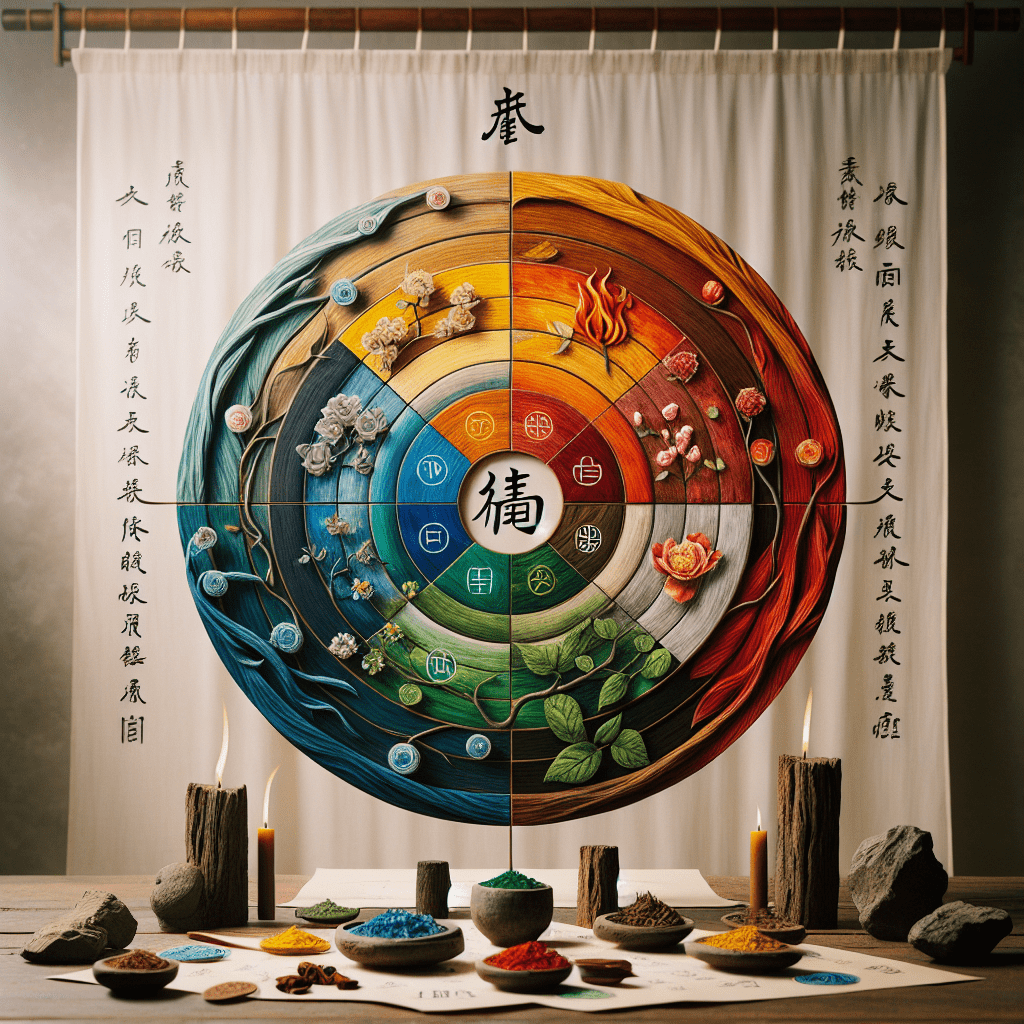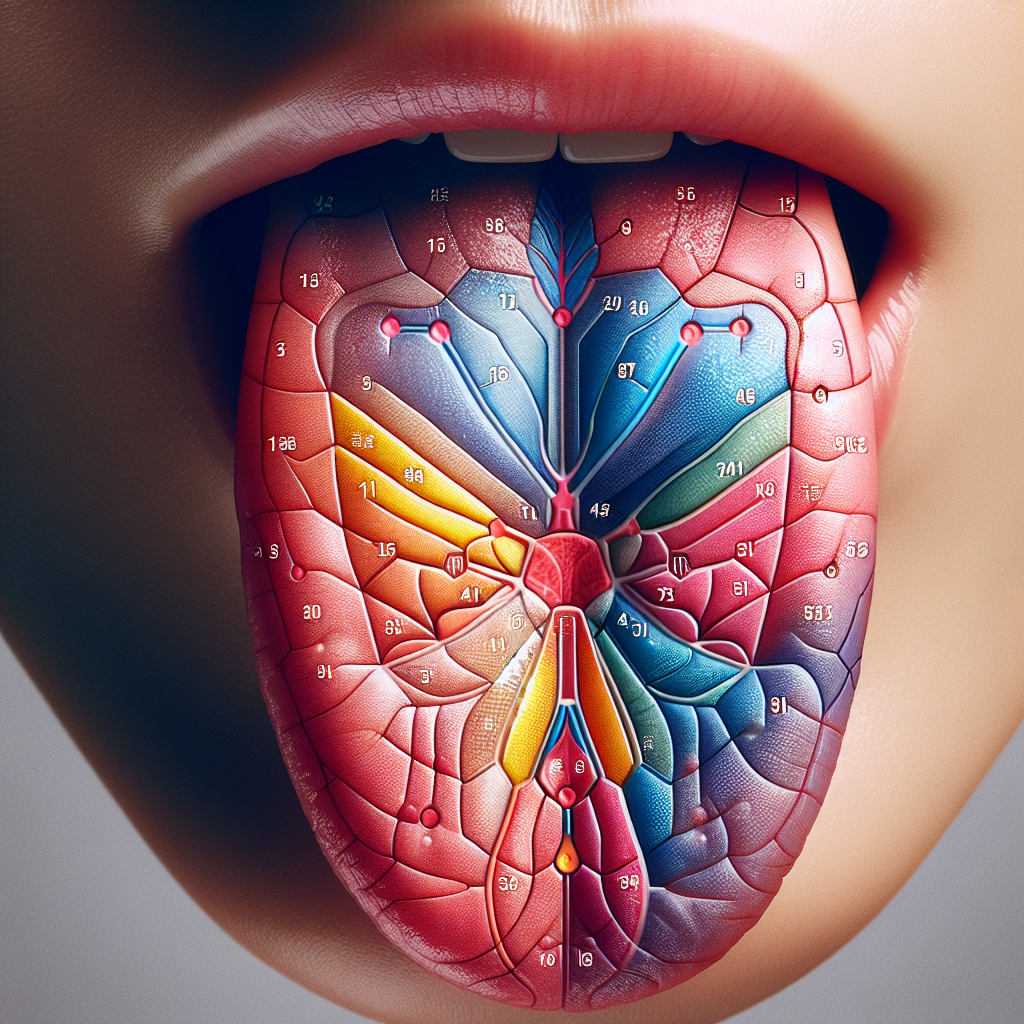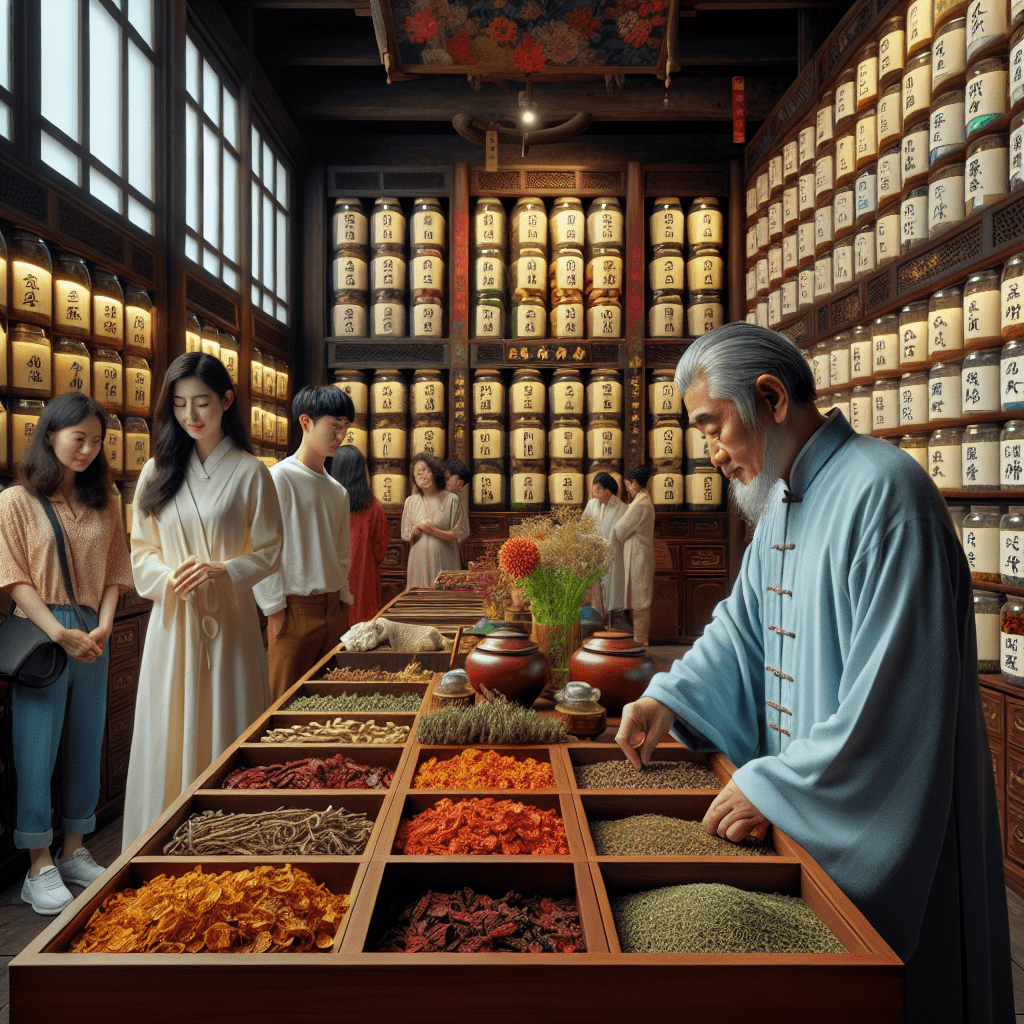💫 Timeless Healing: Chinese Herbal Medicine represents one of humanity’s most enduring and sophisticated approaches to health and wellness.
For thousands of years, the art and science of Chinese Herbal Medicine (CHM) has been a cornerstone of healing in Eastern traditions. This time-tested approach isn’t merely a historical relic but a living, breathing system that continues to offer profound insights into human health. From the misty mountains of ancient China to modern research laboratories, CHM represents one of humanity’s most enduring approaches to wellness—one that views the body not as a collection of separate parts but as an interconnected whole where balance is the key to vitality.
Today, as more health-conscious individuals seek alternatives to conventional approaches, Chinese Herbal Medicine stands out for its holistic perspective and personalized solutions. What makes this ancient practice so alluring in our modern world isn’t just its exotic origins, but its fundamental alignment with how many of us now understand wellness—as a harmonious state requiring attention to physical, mental, and environmental factors.
The Ancient Roots of Chinese Herbal Medicine
📜 Ancient Wisdom: The millennia-old practice of Chinese Herbal Medicine is built on sophisticated theories that continue to guide practitioners today.
The documented history of Chinese Herbal Medicine stretches back at least 2,200 years, with its earliest comprehensive written record appearing in the Huangdi Neijing (Yellow Emperor’s Inner Classic). This foundational text, compiled around 200 BCE, established principles that continue to guide practitioners today. However, the actual practice likely extends much further back, with archaeological evidence suggesting herbal remedies were used in China as early as 5,000 years ago.
Legend tells us that Shennong, revered as the “father of Traditional Chinese Medicine,” personally tasted hundreds of herbs, encountering 72 poisonous substances daily just to document their effects and therapeutic properties. While this tale may be mythological, it illustrates the empirical foundation of Chinese Herbal Medicine—centuries of careful observation, documentation, and refinement.
What distinguishes Chinese Herbal Medicine from other traditional healing systems is its sophisticated theoretical framework. At its core lies the concept of Qi (vital energy), the balance of Yin and Yang (complementary forces), and the Five Elements Theory (Wood, Fire, Earth, Metal, and Water). These aren’t merely abstract philosophical concepts but practical frameworks for understanding health imbalances and restoring harmony.
The Five Elements Theory, for instance, provides a system for classifying symptoms and bodily functions according to element correspondences. When a practitioner identifies an imbalance in the Wood element, they might select herbs that strengthen Wood or control an overactive element that’s suppressing Wood’s expression. This elegant system allows for remarkable precision in addressing the root causes of health issues rather than merely treating symptoms.
Unlike the reductionist approach that sometimes characterizes Western medicine, Chinese Herbal Medicine views health challenges through a wider lens. A headache isn’t just a pain in the head requiring pain relief—it might represent an excess of Yang energy rising to the head, a deficiency of Blood failing to nourish the brain, or an invasion of external Wind disrupting normal circulation. Each diagnosis calls for a different herbal strategy, personalized to the individual’s constitution and circumstances.
Modern Science Validates Ancient Wisdom
🔬 Scientific Validation: Modern research is confirming what traditional practitioners have known for centuries about the efficacy of Chinese herbal compounds.
What was once dismissed by many Western scientists as folklore or placebo is now receiving serious scientific attention. Modern research into Chinese Herbal Medicine has revealed remarkable insights that validate many traditional claims while explaining them in terms of biochemistry and pharmacology.
Recent studies have identified thousands of bioactive compounds in Chinese herbs with demonstrable effects on human physiology. For example, artemisinin, derived from the herb Qing Hao (sweet wormwood), earned its discoverer Tu Youyou the Nobel Prize in Medicine in 2015 for its effectiveness against malaria. This breakthrough didn’t come from random screening but from carefully studying ancient Chinese medical texts that described using this herb to treat fever.
A 2024 meta-analysis revealed that Chinese herbal compounds significantly enhance the overall efficacy of treatments for androgenetic alopecia compared to conventional Western approaches alone. Another study demonstrated that Chinese herbal medicine effectively improved sensory and motor function when used as adjuvant therapy for certain conditions. These findings don’t just validate individual herbs but support the traditional practice of combining multiple herbs into formulations.
Perhaps most fascinating is how modern science is confirming the synergistic effects of Chinese herbal formulations. In traditional practice, herbs are rarely prescribed alone. Instead, they’re combined in formulas where each herb plays a specific role—principal, assistant, adjuvant, or guide. What might appear as superstition to the uninitiated is now being recognized as sophisticated pharmacological synergy, where compounds in one herb may enhance the absorption or activity of compounds in another, or mitigate potential side effects.
Research from 2025 published in a prominent medical journal noted that “Traditional Chinese Medicine has demonstrated significant therapeutic efficacy and excellent safety profiles. When integrated with effective Western anti-inflammatory approaches, it presents a promising strategy for managing various conditions.” This growing body of evidence suggests that the either/or debate between traditional and modern medicine might be giving way to a more integrated approach that recognizes the value of both systems.
What makes this scientific validation particularly meaningful is that it doesn’t simply reduce Chinese Herbal Medicine to a collection of compounds to be isolated and synthesized. Rather, it acknowledges the wisdom in the traditional approaches to formulation and prescription, where the whole truly exceeds the sum of its parts.
The Art of Formulation: Personalized Healing
🧪 Customized Care: Chinese Herbal Medicine exemplifies personalized healthcare, with formulations precisely tailored to individual constitutions and circumstances.
At the heart of Chinese Herbal Medicine lies the principle of personalization. Unlike the one-size-fits-all approach sometimes seen in conventional medicine, CHM emphasizes “Treatment Tailored to Individual” and “Treatment Based on Syndrome Differentiation.” This means that ten people with the same Western diagnosis might receive ten different herbal formulations based on their unique presentations.
The classic text “Shang Han Lun” (Treatise on Cold Damage), written by Zhang Zhongjing around 200 CE, exemplifies this approach. It outlines different herbal formulas for what might externally appear to be the same illness, depending on how the condition manifests in the individual. This personalization isn’t merely a philosophical preference but a recognition that each body responds differently to both illness and treatment.
A common example is the herbal formula Xiaochaihu Decoction (Minor Bupleurum Decoction), which has been used for millennia to treat various liver and gallbladder conditions. Modern research confirms that this formula regulates immune responses and improves overall constitutional health. What makes this formula remarkable is how it can be modified—adding or subtracting herbs based on the individual’s specific symptoms and constitution.
For stress management, a CHM practitioner might prescribe Xiao Yao San (Free and Easy Wanderer) for someone experiencing stress with symptoms of irritability, depression, and irregular menstruation. However, if another person’s stress manifests with insomnia and heart palpitations, they might instead receive Tian Wang Bu Xin Dan (Emperor of Heaven’s Special Pill to Tonify the Heart). These aren’t arbitrary differences but reflect a sophisticated understanding of how stress affects different body systems depending on one’s constitutional tendencies.
Modern research indicates that these personalized approaches may be particularly valuable for chronic conditions that have proven challenging for conventional medicine. A 2024 study showed that Chinese herbal medicine is “an effective adjuvant therapy along with Western medicine in treating patients with chronic pelvic pain.” Another study concluded that combining Chinese herbal medicines with high-intensity focused ultrasound significantly reduced uterine fibroid volume compared to the procedure alone.
What makes this personalization possible is the diagnostic framework of Chinese medicine, which includes not just symptom assessment but also tongue examination, pulse diagnosis, and detailed questioning about lifestyle factors that might not seem immediately relevant to the presenting complaint. This comprehensive evaluation allows practitioners to identify patterns of disharmony specific to the individual and select herbs that address not just the symptoms but the underlying imbalances.
Bridging Ancient Wisdom and Modern Innovation
🌿 Harmonizing Traditions: The integration of ancient wisdom and modern science offers a powerful path forward for healthcare in the 21st century.
We stand at a fascinating juncture in the evolution of healthcare—one where the wisdom of ancient healing traditions and the precision of modern science can potentially combine to create something greater than either could achieve alone. This integration represents not a compromise but an opportunity to develop truly holistic approaches to health that honor both traditional knowledge and scientific advancement.
HerbalsZen’s EASTCHI AI exemplifies this promising fusion. By combining the 2,000-year-old principles of Eastern medicine with cutting-edge artificial intelligence, EASTCHI AI creates personalized health recommendations that consider an individual’s constitutional type according to Five Element Theory, seasonal factors, and the Eastern concept of food as medicine.
This approach recognizes that while modern science excels at understanding mechanisms and measuring outcomes, traditional systems like Chinese Herbal Medicine offer profound insights into personalization and holistic balance that can be overlooked in standardized approaches. By analyzing a person’s constitutional tendencies through the lens of Eastern medicine while utilizing the data-processing capabilities of artificial intelligence, systems like EASTCHI AI can offer recommendations tailored to the individual in ways neither traditional practitioners nor conventional algorithms could achieve alone.
As one recent study noted, “Advances in single-cell omics, spatial omics, and machine learning are creating new opportunities for personalized TCM-based therapies.” These technological developments don’t replace the traditional wisdom of Chinese Herbal Medicine but enhance our ability to apply it precisely in our modern context.
The future of healthcare may well lie in this thoughtful integration—where we neither dismiss traditional wisdom as superstition nor reject scientific advances as reductionist. Instead, we can create approaches that respect the holistic, personalized nature of traditional healing while benefiting from the precision and measurement capabilities of modern science.
Chinese Herbal Medicine, with its emphasis on balance, personalization, and treating the whole person rather than isolated symptoms, offers particularly valuable insights for our current health challenges. As lifestyle-related chronic conditions continue to rise and as many seek more natural, less invasive approaches to wellness, the time-tested principles of CHM provide a rich resource for reimagining our relationship with health.
In the end, what Chinese Herbal Medicine teaches us isn’t just about which herbs to take for which conditions, but about a fundamentally different way of understanding health—one where balance, harmony, and individualization take center stage. By combining this ancient wisdom with modern scientific understanding and technological capabilities, we open the door to truly integrative approaches that honor the best of both worlds and offer new possibilities for health and healing in the 21st century.




